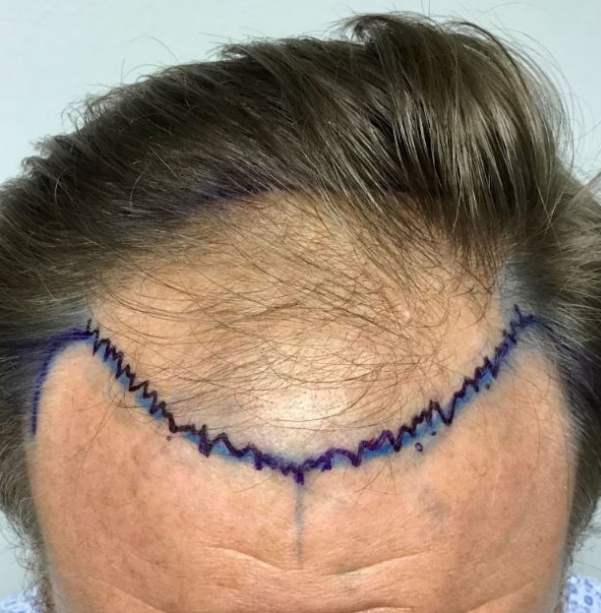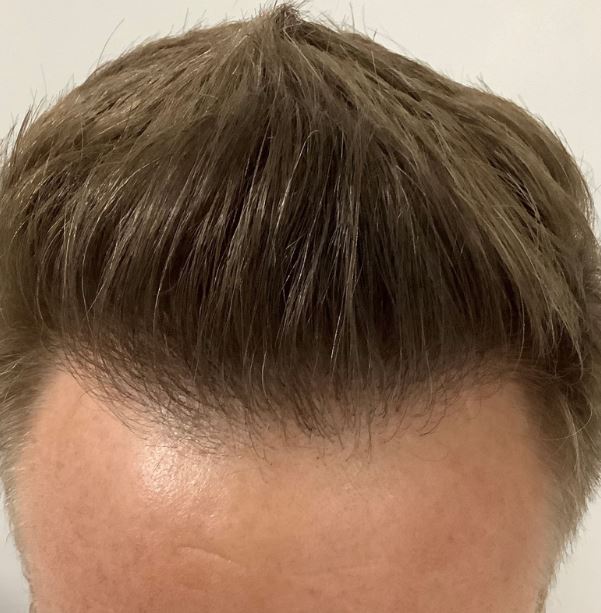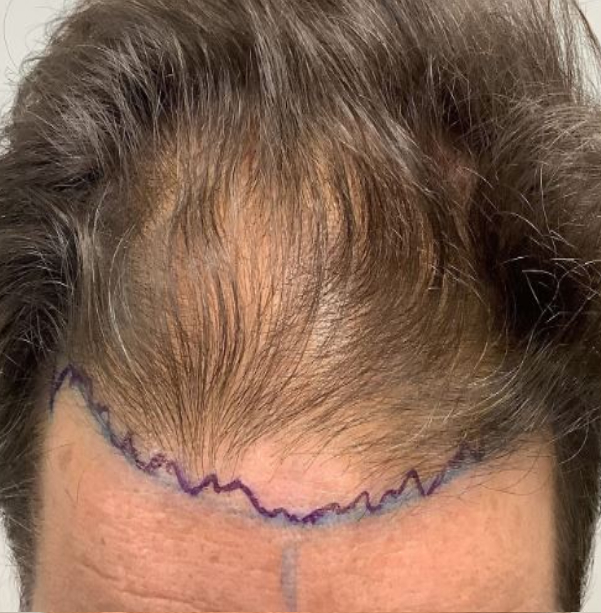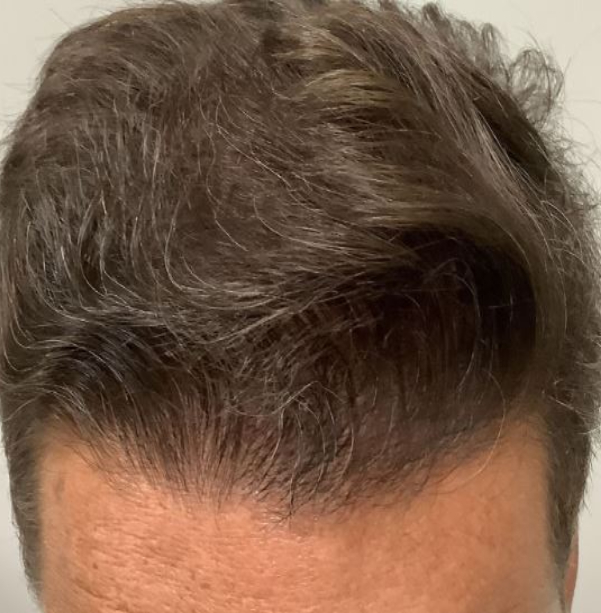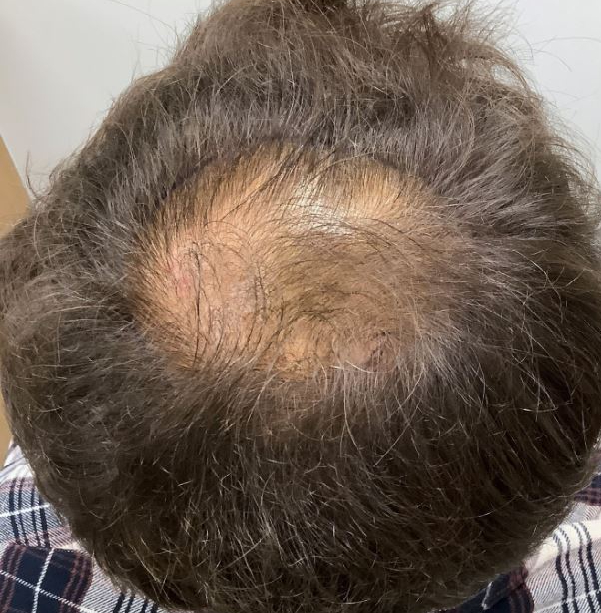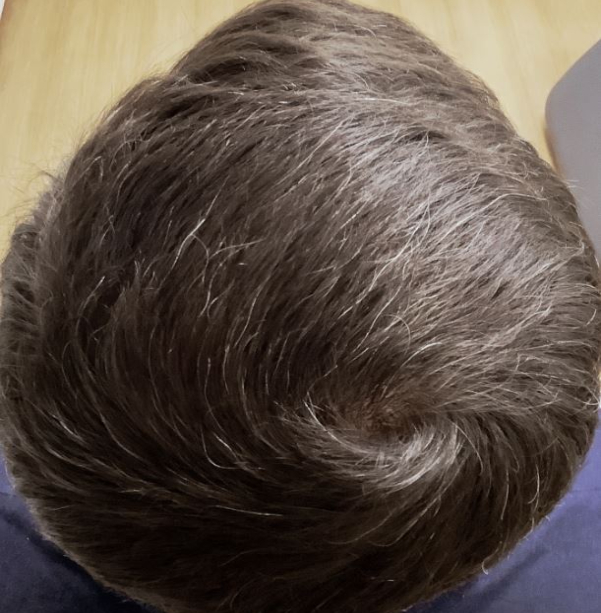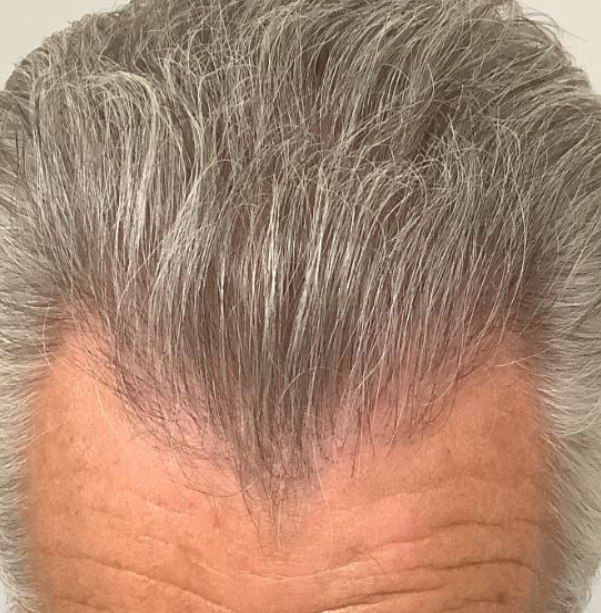Hair Loss Evaluation & Treatment
CERTIFIED & ADVANCED TREATMENT
At Miami Hair Institute, we have developed the most comprehensive approach for evaluating and providing hair loss treatment to patients, while offering the very latest in scientific techniques at our state-of-the art facility.
Unlike other clinics that perform hair restoration, our doctors have extensive experience in medical hair loss therapy as well as research, and are also Board Certified in Dermatology, the only medical specialty with certified residency training in hair loss and scalp diseases. We not only perform hair transplant surgery for men and women, but also evaluate and treat patients with different causes of hair loss and scalp conditions.


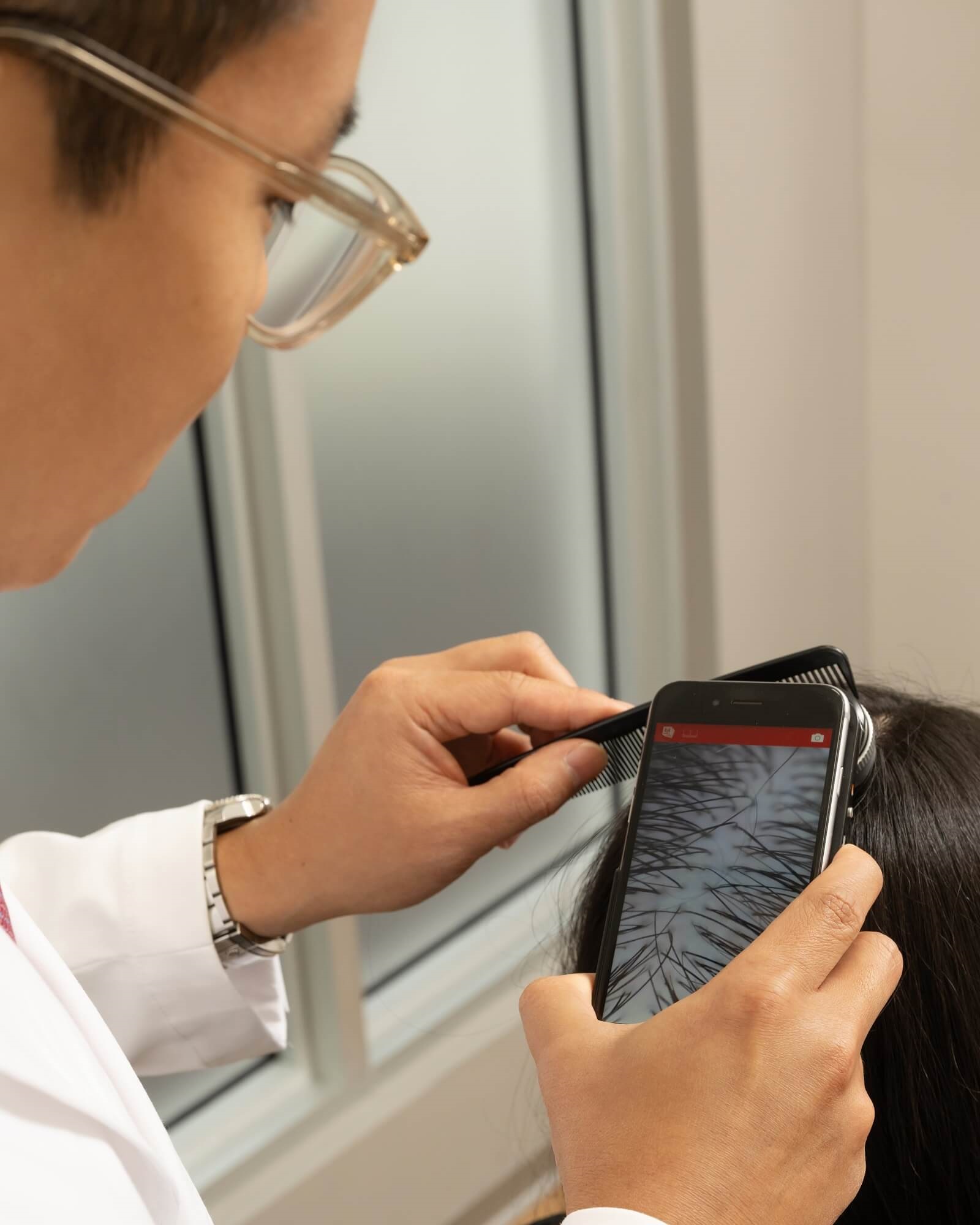
A Comprehensive Approach
We approach each hair loss patient with a comprehensive methodology, obtaining a detailed medical history, performing an in-depth scalp examination using state-of-the art diagnostic and imaging tools such as Fotofinder computerized photos and dermoscopy, as well as hair mass measurements. If indicated, blood tests are performed to detect any underlying imbalances or deficiencies that may be contributing to the hair loss.
Utilizing these techniques as well as scalp biopsy, we are able to determine not only the cause of hair loss and the most effective treatment, but we can also detect the earliest signs of hair thinning before it becomes apparent to the human eye. Early detection is crucial, as all medical therapies are most effective if started in the earlier stages of hair loss. Conditions which we evaluate and treat are: hereditary male and female pattern hair loss, hair breakage, alopecia areata, scarring alopecia and traction.
Advanced Hair Loss Diagnosis
- Microscopic Exam
- Hair Mass Measurement
- Hair Density
- Norwood Classification
- Ludwig Classification
- Scalp Dermosocopy
- Hair Cycle Synchronization
- The “Hair Pull” Test
- Daily Hair Collection
- Analysis
- Scalp Biopsy


Microcopic Exam: Hair Shaft & Bulbs
In addition to chemical damage resulting from color, perms, heat, and straighteners, we screen for inborn abnormalities of the hair shafts. These include bubbles in the central cortex, twisting of the shaft, constrictions along the shaft, and other unusual features. The bulb, or attachment of the hair shaft to the scalp, is also examined.
Your hair will be categorized in terms of its caliber or diameter. A coarse hair is 80 microns, a normal hair 70 microns, and fine hair is 60 microns or less. The hair’s diameter determines its cross sectional area or mass. A person with 100,000 coarse hairs has about twice the amount of hair as someone with 100,000 fine hairs.
Hair Mass Measurement.
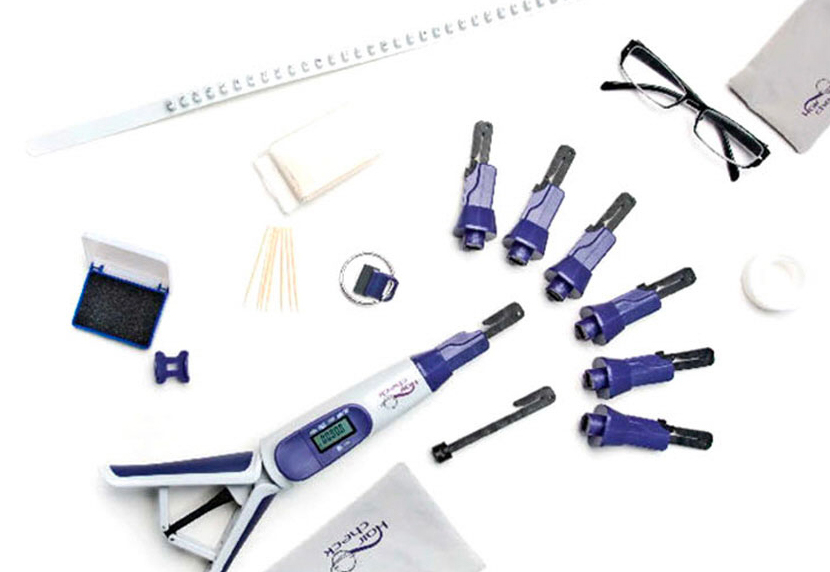
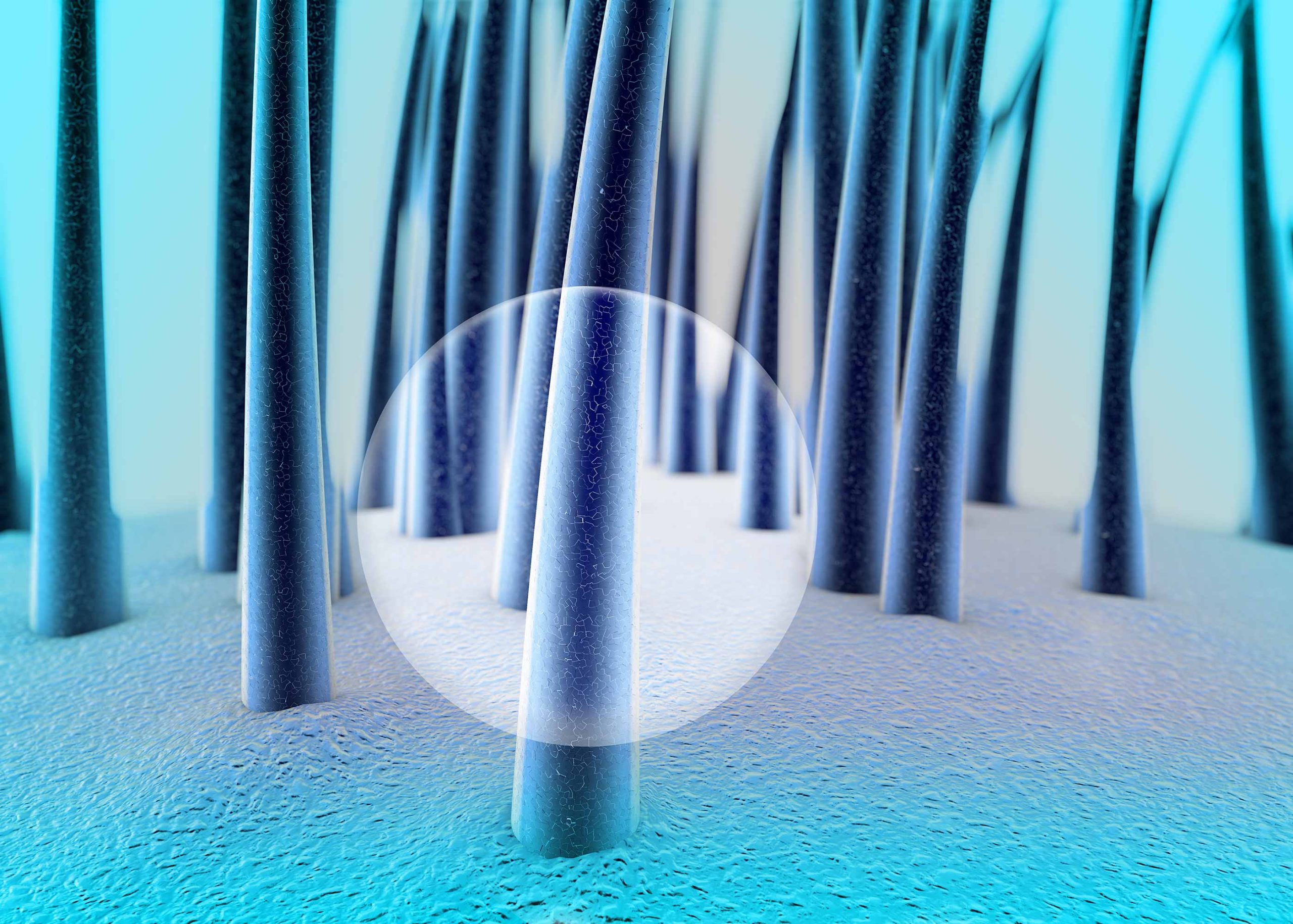
Hair Density
Norwood Classification
When a man begins to bald, the process slowly advances in a recognizable pattern, hence the name pattern balding.
For the past 50 years, each stage has been defined by comparing its appearance to a series of pictures called the Norwood classification.

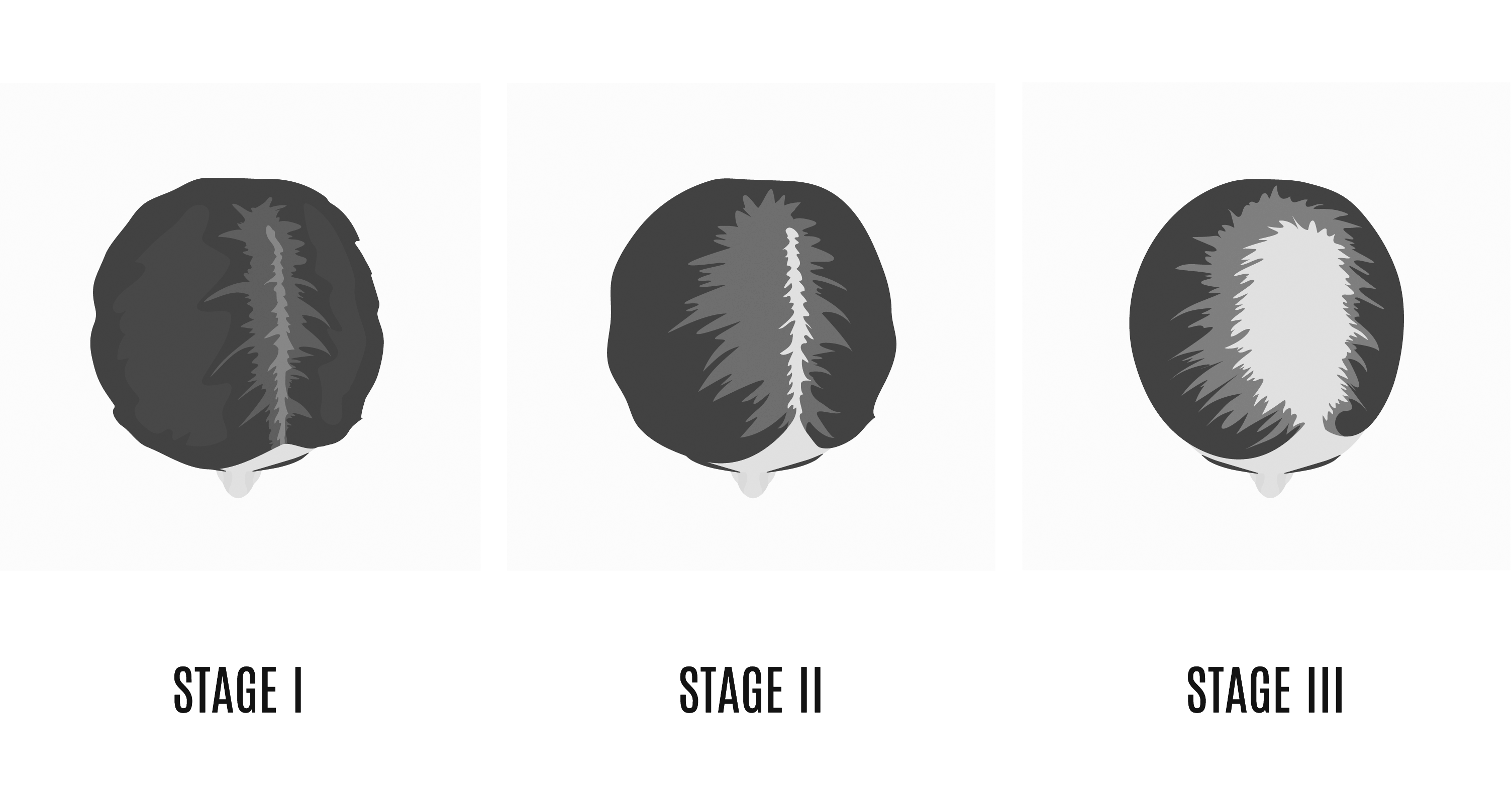
Ludwig Classification.
Scalp Dermoscopy.


Hair Cycle Synchronization
The “Hair Pull” Test
There are two ways to evaluate whether abnormal hair loss is actively occurring. First and simplest is the hair pull, which is a very subjective test. In the hair pull, the physician grasps the base of a clump of 50 to 100 hairs between the thumb and forefinger. The hairs are then gently but firmly pulled with a stable degree of traction.
In a normal adult, two to five hairs will be obtained in this manner, depending on how many hairs were gathered in each clump, when the hair was last shampooed and styled. Shampooing will, of course, have removed many of the readily shed hairs so that the longer the time period since shampooing, the more hairs obtained in a hair pull. Abnormal shedding is generally easy to recognize since, in this situation, the number of hairs in a hair pull will be at least three to four times normal.
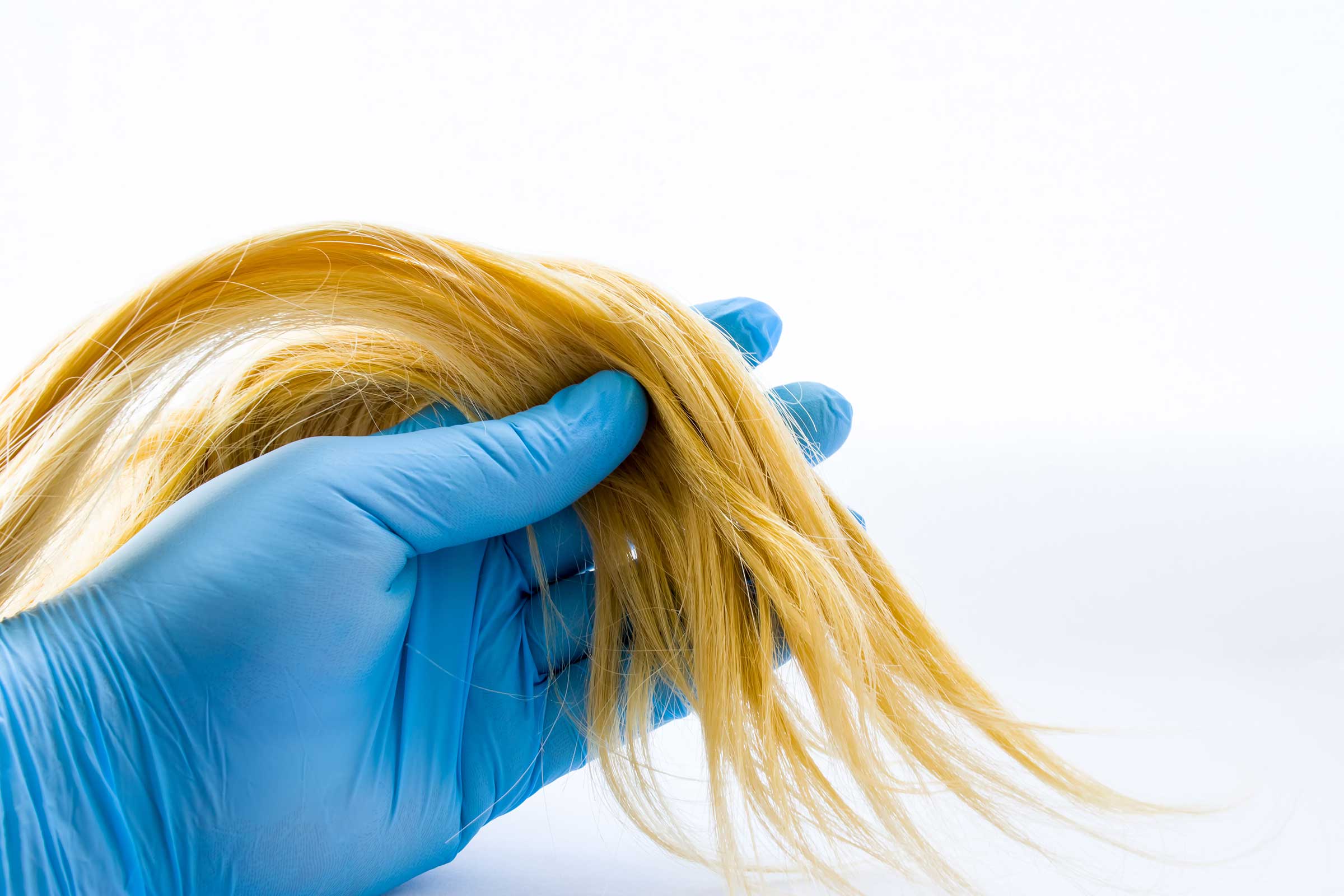

Daily Hair Collection Analysis.
Determining the actual number of hairs shed per day can be helpful to corroborate hair loss or to reassure the patient that the shedding is either stable or resolving. Because shampooing and grooming practices vary from day to day and each affects hair shedding, averaging the daily hair shedding over at least a week’s span is important.
Patients are asked to collect all hairs shed in the shower, sink, and brush and on the counter and pillow daily for 7 days in individual plastic bags and then bring them in to our office. Normally, the daily loss averages 50 to 100 hairs per day. The hair shedding can be several hundred per day in an abnormal shedding condition. Performing a hair count is tedious and time-consuming but is often reassuring. In addition, it is a simple tool that we can use to follow the progress of abnormal hair shedding.
Scalp Biopsy



